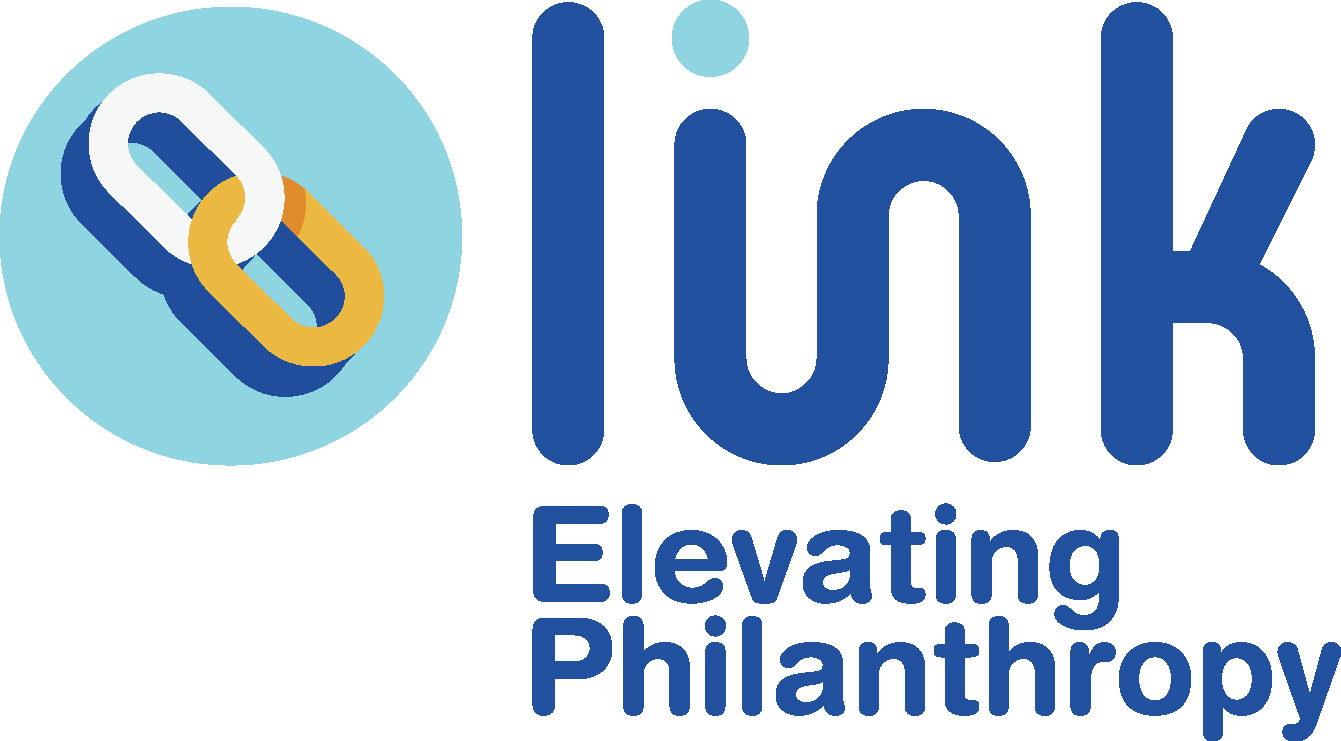Why I Create A Story About A Bequest Donor (and why it is important to do)
Before I got into a career in planned giving fundraising 18 years ago, I had been a practicing attorney in estate planning litigation, mostly involved in will contests (which were usually grounded in “who did mom love best”) and my client was usually either the deceased (the estate) or his/her children. I didn’t have much contact with individuals who created the will as their estate planning had been completed when they were younger, usually after the last big life event, such as the birth of the last grandchild or selling of the family business to go into retirement.
It was clear that the documents dealt with assets and not about the decedent’s life. (pro tip: Make sure your intentions are very clear. Don’t assume anyone knows which “pretty necklace” you are referring to!). There was rarely anything in the estate planning documents that spoke of their values and what they felt they were connected to outside of their family. Unless, of course, there were charitable gifts, or “bequests”, in the will. Many attorneys do not ask their clients if they want to leave a gift in their will, which I think is not only a disservice to charities but also to the clients to allow them to make an impact for the future. Whenever I did see the bequests, it gave me a whole new perspective. This was my first glimpse into what the person was like, and how a person can perpetuate their values into the future.
Ever look at the back of a Broadway show playbill to see the list of supporters and imagine what they are like and why they support the show? I admit, I definitely do. I also do the same when looking at the wills of individuals and reviewing the list of charitable organizations that person supported. Many times it is the only “personal” information in the will. For example, if someone made a gift to the ASPCA and to the American Cancer Society, I would wonder what type of pet(s) they had, and whether it was them, or a loved one, who was affected by cancer (my hunch, based on my experience, is it wasn’t them, but a loved one).
When I started to work on planned giving, I worked with both individuals creating their gift, and also realized bequests we received from sometime donors unknown to us.
For the donors I met during the planning of their gifts, we would meet everywhere including McDonald's in Midtown, their co-op lobbies, in their apartment for drinks prepared by their live-in healthcare aid, at special events for other organizations and of course, my office. It was always truly special and eye-opening because I got to ask the questions such as:
What brought you joy?
How do you want to be remembered?
What transformed your life?
What do you wish for your family and community for the future?
What would you like to do to accomplish that?
For my donors that I never met, and would receive their generous gift after they passed, I would review the will and see what they supported, where they lived, and other information to get a glimpse of what their life was like. Many times I spoke with their attorney or next of kin to ask them why the decedent included the organization in the will and what their passion was. Planned giving is a personal, value-driven gift; I craved to know why and how the donor made the legacy gift.
By doing this it not only gives me a sense of the person, and a deeper appreciation of their gift. It also perpetuates their memory and their legacy by someone else knowing their story. And, as a bonus, it helps my work to understand why people may want to give, and if there are any trends or patterns that I uncover for other donors.
Its important as a professional working with legacy gifts to remember the individual behind the gift. Sometimes you are not only the first step in their lasting memory for your organization, you may be the only.


